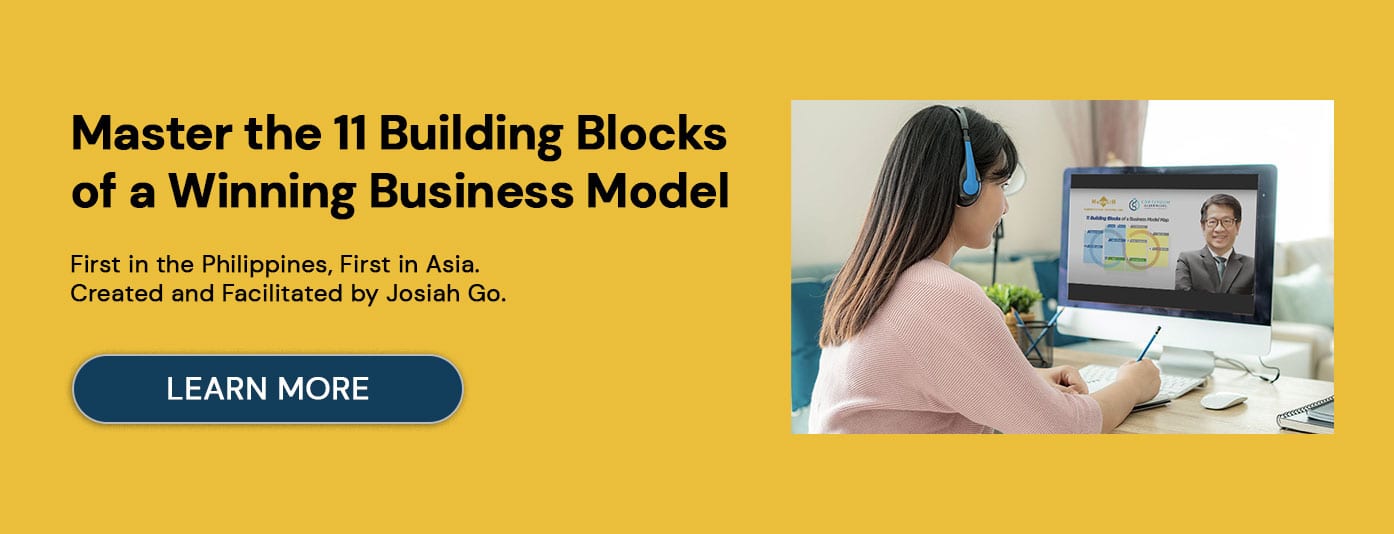
A family-owned bakery struggled to compete with larger chains in their city. Instead of investing in costly advertisements, they decided to leverage the power of community and word-of-mouth. They started a “Pay It Forward” campaign, where customers could pre-purchase a loaf of bread or a pastry for someone in need. The bakery shared these acts of kindness on their social media channels, highlighting the generosity of their patrons. The campaign quickly gained buzz, drawing in new customers who wanted to support a business that cared about the community. This showcases how a strategic thrift idea can create a significant impact.
A relative of the manufacturing manager complained that there was no soap inside the package she bought. The soap factory’s manufacturing manager was so perplexed that he asked two workers what to do to avoid a similar situation. Worker one, an engineer, suggested installing a machine to detect empty packages. Employee two, the practical one, recommended installing an industrial electric fan, as the package would simply fly away if there was nothing inside. Both solutions could do the job, but the latter had a strategic thrift mindset.
Strategic thrift involves making smart, efficient choices in resource allocation to maximize value without compromising quality. It’s about being frugal but strategic, ensuring that every dollar spent contributes to achieving the organization’s goals. This concept can extend beyond marketing to various aspects of business operations, such as production, logistics, and human resources.
Is Strategic Thrift Similar to Low-Cost Marketing?
Low-cost marketing focuses specifically on using cost-effective methods to promote products or services. Strategic thrift, however, involves a holistic approach to resource management. It seeks to maximize value while minimizing costs across all areas of a business. It is not just about spending less but about making smarter decisions to achieve better outcomes. Making smarter decisions can sometimes mean spending more, especially when the additional expenditure leads to greater long-term benefits, efficiency, or value. An example is investing in equipment that operates faster and more reliably, or investing in learning and development efforts that result in higher sales productivity and faster decision-making.
Marketing Budget
Strategic thrift is often overlooked in marketing plan formulation. Many companies allocate their marketing budgets based on historical spending patterns or industry benchmarks without thoroughly exploring alternatives, which require strategic but more rigorous thinking. This can lead to inefficient use of resources. For instance, instead of allocating the budget to improve distribution, display, and selling efforts, can improvements in the marketing mix be achieved through a single high-impact sales promotion? This approach eliminates the need for multiple budgets.
Strategic thrift should be an integral part of marketing strategies. When formulating strategies, companies should explore and prioritize cost-effective methods, practicing the principle of selectivity, and exploring different value maximizing options. This encourages innovative and integrated thinking to achieve marketing objectives efficiently, effectively and impactful.
Practical Steps to Integrate Strategic Thrift in Marketing Budget
The following five steps are a general guide on how to practice strategic thrift.
- Continuous Learning and Development – Invest in training and development to equip employees with the skills needed to think, implement, and sustain strategic thrift measures. Promote a culture of learning and improvement.
- Comprehensive Assessment – Before finalizing the marketing budget, conduct a detailed assessment of all potential marketing activities and their associated costs. Evaluate past performance and ROI of different marketing channels and tactics.
- Strategy Formulation – Develop marketing strategies that leverage strategic thrift options. For instance, use social media platforms for organic reach, create valuable content to attract and engage audiences, and collaborate with micro-influencers.
- Budget Allocation – Allocate the budget with a focus on strategic thrift. Prioritize activities that have proven or can deliver higher returns at lower costs.
- Continuous Monitoring and Adjustment – Continuously monitor the performance of marketing activities against the set objectives.
Use data-driven insights to make informed decisions and adjustments, ensuring that resources are continually optimized.
By embedding strategic thrift into both the marketing budget and strategies, companies can ensure that their marketing efforts are not only effective but also efficient. This approach helps in making the most of available resources, ultimately leading to better financial performance and competitive advantage.
Principles of Strategic Thrift
When adopting strategic thrift, a company should keep in mind the following four principles to ensure they remain true to the concept:
- Resource Optimization – Maintain a deep understanding of all resources available, including financial, human, and technological. Continuously seek ways to use resources more efficiently and effectively. This involves regularly reviewing and analyzing expenditures to identify areas for cost savings without compromising quality. For instance, instead of broad, expensive advertising campaigns, focus on targeted, data-driven marketing efforts.
- Innovative Thinking – Encourage a culture of creativity and innovation to find new, strategic thrift solutions. This involves leveraging technology, exploring alternative marketing channels, avoiding overlap, and fostering a mindset of continuous improvement. For instance, instead of continuously losing bargaining power to major retail chain customers, add your own direct-to-consumer channel.
- Value Over Cost – Prioritize activities and investments that deliver the highest value relative to their cost. This means: a) Focusing on high-impact, high-ROI initiatives, even if the initial expenditure is higher, b) Making the most of existing assets and resources before seeking new investments, c) Ensuring that cost-saving measures do not negatively impact customer experience. For instance, a company may discover joining exhibits may cost more but the conversion rate of leads generated is targeted and higher, leading to lower cost of customer acquisition (COCA) and higher customer lifetime value (CLTV).
- Risk Management – Identify and mitigate risks and uncertainties associated with cost-saving measures. Ensure that efforts to reduce costs do not introduce new risks or undermine the quality and reliability of products or services. For instance, choosing a new supplier solely based on cost without checking the quality and reliability of delivery with their past customers.
***
Josiah Go is chair and chief innovation strategist of Mansmith and Fielders Inc. Mansmith’s How to Write a Strategic Marketing Plan nationwide webinar featuring 12 award-winning industry leaders and 12 indispensable marketing topics, including Strategic Thrift, is scheduled for Sept 24-25, 2024. Write to info@mansmith.net for details.


